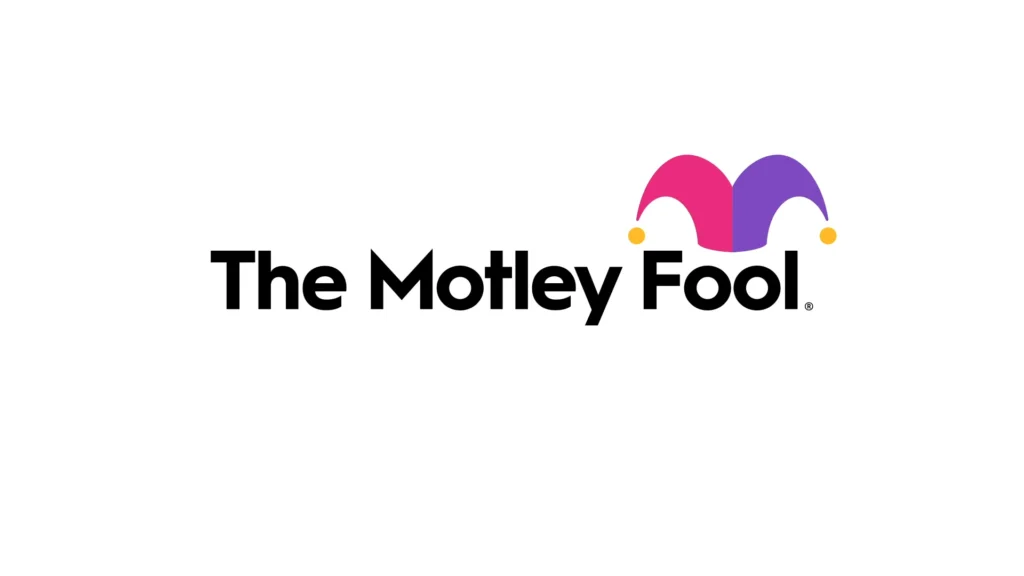Looking to invest with a conscience? Consider mutual funds or exchange-traded funds (ETFs) that focus on socially responsible companies. These funds save you the hassle of researching individual stocks—professional analysts or index managers do that for you.
Many such funds include “ESG” in their names, highlighting their focus on environmental, social, and governance factors. Some options worth considering include:
- iShares ESG Aware MSCI USA ETF (ESGU)
- Vanguard ESG U.S. Stock ETF (ESGV)
- Invesco ESG NASDAQ 100 ETF (QQMG)
There’s more than one way to invest responsibly. Some funds focus on companies actively improving the world, while others simply avoid industries deemed harmful, like tobacco, firearms, or alcohol. That said, no company is perfect—some may excel environmentally but fall short in labor practices. Resources such as GreenMoney.com, CorpWatch.org, CSRwire.com, and CorporateRegister.com can help you research further.
Why Does the Stock Market Move Every Day?
Ever wonder why the market seems to have a mind of its own? The stock market’s total value is influenced by thousands of companies. Each stock reacts to investor sentiment, which shifts based on news, earnings reports, or economic indicators.
Good news for a company? Prices typically rise. Bad news? Expect a drop. The market as a whole follows a similar pattern, driven by macroeconomic factors like interest rates, inflation, and employment reports.
Fool’s School: Should You Buy Long-Term Care Insurance?
Long-term care (LTC) insurance helps cover the cost of nursing homes, assisted living, or in-home care. It’s expensive but worth considering. Without it, you could deplete your savings or rely on family for care.
According to Genworth, here’s what long-term care costs annually in the U.S.:
- Home health aides: $75,500
- Assisted living: $64,200
- Shared nursing home room: $104,000
A 2022 government report estimated that 56% of people turning 65 will need long-term care services.
What’s the Cost of LTC Insurance?
LTC insurance isn’t cheap. The average annual premium for a $165,000 benefit policy recently stood at:
- $950 for a 55-year-old male
- $1,500 for a 55-year-old female (Women tend to live longer and require more care.)
The older you are when you buy a policy, the more you’ll pay.
How to Save on LTC Insurance
- Buy early: Policies cost less if purchased in your 50s.
- Bundle up: Couples can get lower rates by buying policies together.
- Choose a shorter coverage period: Opting for two years instead of five can cut costs.
- Adjust waiting periods: A longer wait before benefits kick in reduces premiums.
- Skip inflation protection: This lowers the price but means your benefits won’t rise with inflation.
LTC insurance is a personal decision based on your financial situation. Other ways to pay for long-term care include health savings accounts (HSAs) and annuities with LTC benefits.

My Smartest Investment: Why Roth IRAs Are a Game Changer
“I’m 84 years old and made an average middle-class salary. But I made smart investment choices that built my wealth.
I maxed out contributions to 401(k)s and SEP IRAs, investing in no-load mutual funds. But my best move? Roth IRAs.
When Roth IRAs became available in 1998, my accountant asked: ‘Do you believe the stock market will grow by 6% or more in the next 10 years?’ I said yes. He then suggested converting as much of my retirement savings into Roth IRAs as possible.
This meant a big tax hit upfront, but my wife and I agreed it was worth it. We lived frugally for a few years to make it work.
Now, our only income is Social Security, a small pension, and required minimum distributions (RMDs) from SEP IRAs. Our portfolio remains under seven figures but is mostly in Roth IRAs, meaning we can withdraw funds tax-free. Those frugal years? Totally worth it.”
The Fool Responds:
Bravo! Roth IRAs are powerful tools for tax-free retirement income. This investor’s strategic decision to pay taxes upfront paid off in retirement.
Foolish Trivia: Name That Company
I was founded in 1869 by a German immigrant in Manhattan. I joined the New York Stock Exchange in 1896 and played a key role in Sears, Roebuck and Co.’s 1906 IPO. I pioneered valuing companies by earnings potential instead of hard assets. Today, I manage $3 trillion in assets and generate over $50 billion in annual revenue. Who am I?
(Answer: Goldman Sachs)
The Motley Fool Take: Abbott Laboratories—A Health Care Powerhouse
Abbott Laboratories (NYSE: ABT) is a diversified health care company with four major business segments:
- Medical Devices
- Diagnostics
- Nutrition
- Established Pharmaceuticals
This diversification helps Abbott weather tough times. With declining COVID-19 testing demand, its diagnostics revenue dropped, but double-digit growth in medical devices kept overall revenue up by 5% in Q3.
Why Abbott Is a Smart Buy
Abbott dominates its markets with leading products like:
- Ensure (Nutrition segment)
- FreeStyle Libre (Continuous glucose monitoring)
The company is also innovating. Its latest launch, Lingo, is a CGM platform for wellness tracking.
Abbott’s stock trades at a forward price-to-earnings (P/E) ratio of 22—a reasonable price for a company with steady growth, strong products, and a bright future.
(The Motley Fool owns shares of and recommends Abbott Laboratories.)
Final Thoughts
Investing responsibly doesn’t mean sacrificing returns. Whether you’re eyeing ESG funds, long-term care insurance, or a tax-free retirement strategy, smart financial decisions today can set you up for a more secure tomorrow.
557 Rare Coins From The Middle Ages Dug Up By Amateur Metal Detectorists




